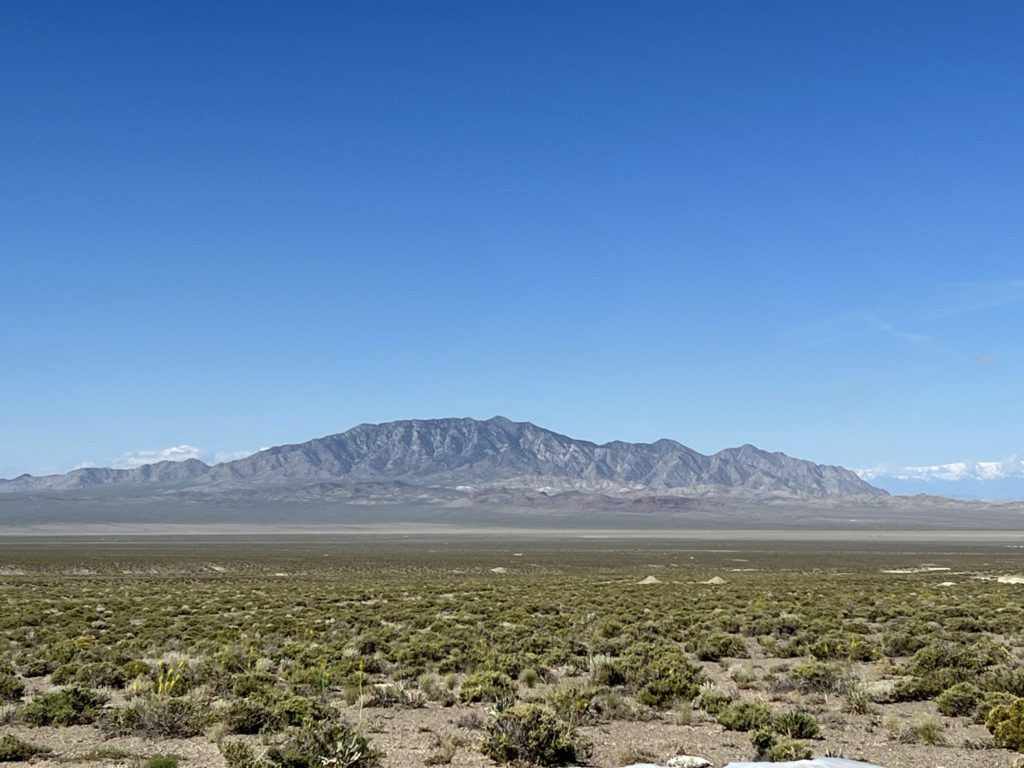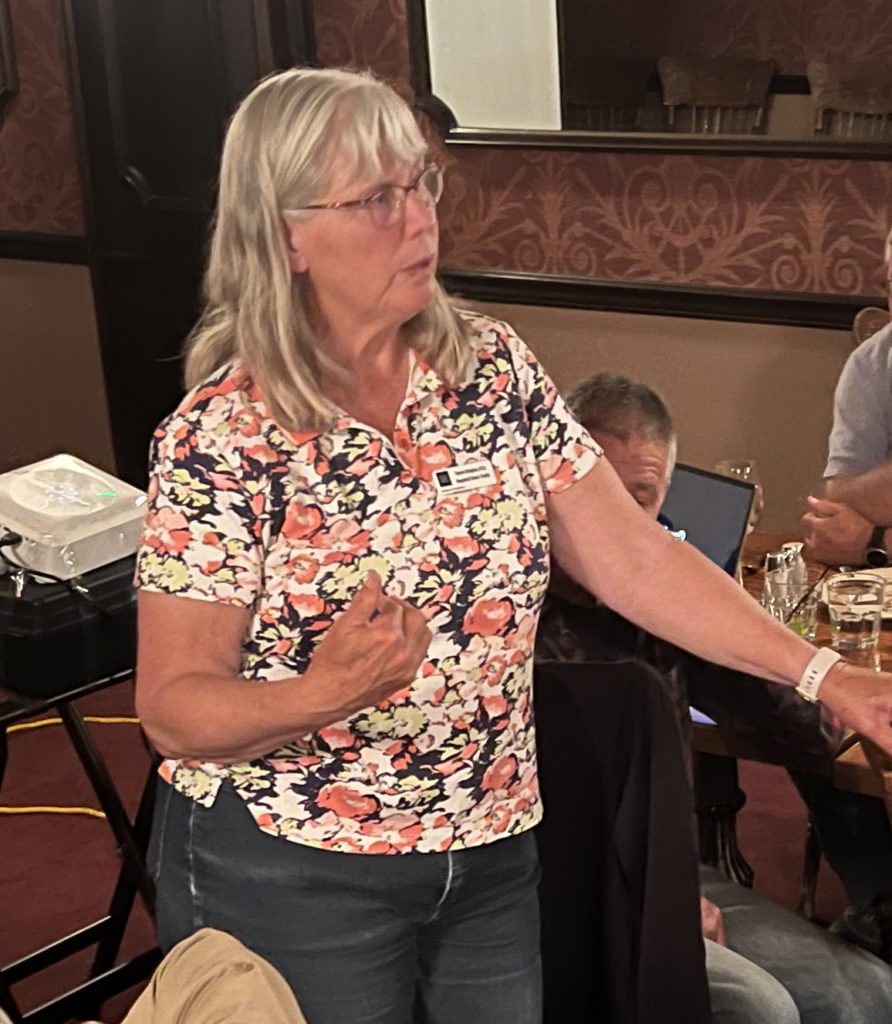Nevada juniors collaborate on mine reclamation research


Two groundbreaking projects aimed at offsetting carbon emissions and implementing sustainable mine reclamation have been developed for the Tonopah Silver District.
The collaboration between Tonopah-focused Century Lithium, American Lithium, Fortitude Gold, Centerra Gold, and West Vault Mining and Reno-based arid land restoration expert Dr. Tamzen Stringham highlights the potential for positive environmental impact and the opportunity to contribute to sustainable practices.
Stringham's work on combatting desertification and promoting sustainable land management has gained global recognition, drawing the attention and support of private industry and funders.
The first project, still in need of funding, involves calibrating satellite imagery with on-the-ground plant and soil data to remotely measure arid area conditions. By eliminating the need for extensive ground surveys, this method proves to be more efficient and cost-effective. The project specifically focuses on riparian areas, critical habitats for wildlife and significant carbon storage zones, containing three times more carbon than surrounding uplands. Stringham highlights the role of grass in these areas as a "carbon engine," sequestering carbon and storing it in the soil.

This method eliminates the need for extensive ground surveys, making the process more efficient and cost-effective.
The second project, partially funded by the miners, each contributing at least US$20,000, centres around seed enhancement technologies. Stringham's team is researching seed coatings that enhance germination and establishment in disturbed ecosystems. These coatings break dormancy and increase germination rates, contributing to improved community establishment. Species such as Indian rice grass and winterfat are currently under study for seed enhancement. Stringham also explores the potential of fecal seeding, a method involving the ingestion of coated seeds by livestock to aid in natural dispersal.
Stringham emphasizes the importance of soil health and the role of early successional plants in creating suitable soil conditions. By matching plant species to specific soil conditions and employing techniques like micro-rising, the reclamation process can be accelerated.
Stringham also stresses that soil is one of the big carbon storage areas in nature, making her work so much more relevant form an ESG point of view for miners.
Overall, Stringham's expertise and research offer practical approaches to improve mine reclamation practices, enhance vegetation establishment, and promote long-term sustainability.
Stringham emphasizes her collaboration with public land management agencies, such as the Bureau of Land Management (BLM), ensuring compliance with the approval process. She highlights the BLM's funding support for her work in northern Nevada, demonstrating their shared recognition of the need for enhanced restoration practices. Stringham underscores the importance of using native seed species and tailoring seed coatings to specific ecological conditions and precipitation patterns to achieve long-term community establishment.
Through these projects, Tonopah's exploration juniors aim to make early strides in developing a localized mine reclamation solution that empowers them to undertake quality environmental stewardship, while contributing to the global fight against desertification and promoting healthier landscapes for future generations.
Comments